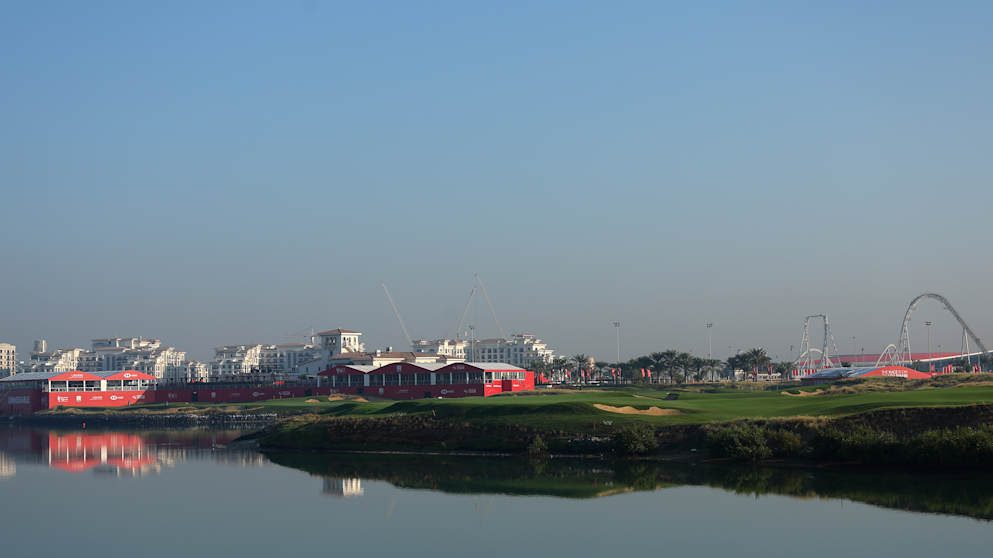The Abu Dhabi HSBC Championship is rolling out a range of sustainability initiatives this week as the Rolex Series returns on the DP World Tour.

With actions taken across a verity of ways across the site at Yas Links, Golf for Good - the European Tour group’s commitment to Driving Golf Further in an environmentally and socially sustainable way - is in full flow for the first of two back-to-back events in the United Arab Emirates.
One of its key projects is Green Drive, the DP World Tour’s programme to reach net zero carbon emissions by 2040 and become a respected sustainability showcase that can deliver net positive impacts on the courses, countries and communities visited each season.
On-site actions
In partnership with No More Bottles, on-site spectators will benefit from increased water walls, while mobile water dispensers will follow the crowd around the course.
Fans will also be able to track the location of the water refill buggies through the popular Player Locator feature on the DP World Tour website and app.
The activation will help result in the removal of over 6,000 bottles.
To use the Player Locator, click here.
For a summary of other Green Drive efforts to reduce carbon emissions, read below:
• All unavoidable emissions will be offset via the Gold Standard’s Rolex Series Driving Net Zero portfolio
• Substantial increase in solar panels and power storage batteries on site:
Contractors Compound 20 solar panels and 90kVa battery
Championship office 40 solar panels and 60kVa battery
Spectator village 120 solar panels and 60kVa battery
The Main Stage in the village powered 100% by solar energy
17th HSBC Skybox 10 solar panels and 90kVa battery
Media Centre & 18th Hospitality 26 solar panels and 30kVa battery
• Fuel consumption forecast reduced by 30% yoy with sustainable B20 diesel used for temporary power
• Increased number of Batteries on-site to reduce diesel consumption by 66%
• Water walls increased and mobile water dispensers that follow the crowd around the course – no single use plastics and removal of over 6,000 bottles
• Reduction in food waste through an anaerobic digester designed to process food waste efficiently, divert it from landfills and reduce carbon emissions
• Reduction of plywood used onsite by adapting branding to timber frame structures rather than cladded







